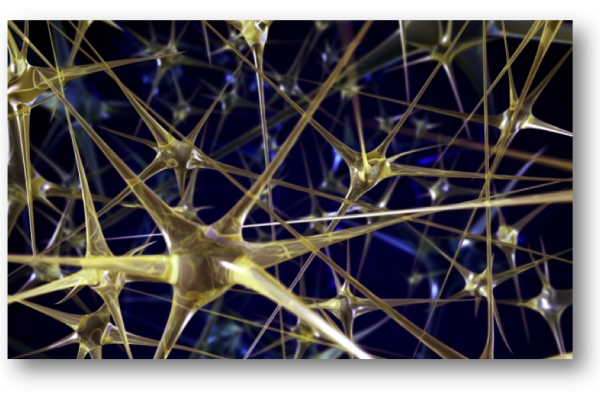A need to network and better connect work is arising in many contexts, as people see silos that don’t connect. People whose interests and goals are similar or complementary, who could be learning together and exchanging information and resources, do not know each other or lack incentives to collaborate.
In this fascinating book, The New Science of Sustainability, the authors write about how healthy societies “accurately assess changing conditions, anticipate what is needed, and get a head start on adapting to suit.” When work is done in organizational silos and communities/societies get too divided and fragmented, we lose our ability to exchange information, resources, and learn and adapt together.
Scientists and anthropologists studying patterns across history of what enables societies and organizations to sustain and avoid collapse, found these key elements:
- Ability to do collaborative learning – societal, organizational, or community health depends on ability to learn as a whole. Some aspects are:
- Getting accurate signals about the current situation, from diverse perspectives
- Robust circulation of timely and accurate information
- Regular venues for open exchange, and pooling, processing and integrating information for the common good
- Openness to feedback and changing course
- Access to multiple avenues for exchange of resources of all kinds – instead of encouraging people to be self-centered and competitive, the aim is to find mutually beneficial exchanges, e.g. a federation for mutual advantage.
What this means for building networks and networked organizations
An assumption people bring to collaborative work and networks is that the aim is to align everyone’s work around one goal and work on that together. The mindsets people bring from organizational work and a focus on “measurable outcomes” means the crucial benefits of collaborative learning and beneficial exchange get overlooked and not cultivated.

To build and strengthen networks, it is important to create direct experiences of learning collaboratively and of exchanging information, resources, and work in new ways. This focus can be designed into each meeting and into the structures that support collaboration:
“Start with micro-collaborations.” This is the advice of June Holley, a thought leader on network weaving and development. The idea is to encourage groups of two or three people to find ways to connect, exchange information, and/or work together. This builds the experience of what a network can be and strengthens the web of relationships. We need to practice using a new “mental map” that sees communities as living webs, where ideas and resources can flow in multiple ways. The more they flow, the stronger the web becomes, and the more benefits it can create for all parts of it.
Connect needs and offers. One way to jump start these micro-collaborations is to connect people’s needs and offers and get people to experience exchanging and collaborating in small ways. Here are some examples:
- Brainstorm a list of needs and offers on a flip chart in a meeting, or have people write one of each when they come into the room. Have them self-organize to connect with each other.
- Use a survey to inventory needs and offers and collate this to share back with the group. In a new network, we analyzed the data and provided the group with a list of The Top Ten Pairs Who Should Do Lunch. For example, “John, you have five things you could offer and four of them are things that Jane has needs for, and she has three things you’re interested in.”
- Time Banks – Time banks provide a platform for people in a community to exchange needs and offers locally to strengthen local community and networks.
- Network mapping, e.g., using kumu, quick maps, or other on-line platforms can enable people to find others with like-minded or complementary interests or skills.
Encourage lots of exchange and flow of information and resources. Galvanizing a culture of mutual exchange takes some unlearning when people are used to being competitive and protecting turf. Each person can act in ways that contribute to collaborative learning and building the web of exchange. Organizations and networks need to create structures that encourage these behaviors. Here are mindsets to encourage:
- How can I be helpful? It benefits me to share what I know to help you succeed. Your success helps our whole community.
- Pay it forward – I do you a favor and trust you’ll then do someone else a favor. It is not transactional.
- When someone has a different perspective, instead of jumping in to debate, be curious and think, “there is something I can learn from this person. They have a perspective I do not have.”
- Invest in the field – blog, write about what you have learned, and share and host reflective learning conversations.
- Be a network weaver – Closing Triangles raffle is a fun way to encourage this.
- Explore the work of Nipun Mehta and Service Space for ideas on creating a generous culture.
This quote from Steven Johnson speaks to the untapped potential we can access by using these techniques:
“The adjacent possible is a kind of shadow future, hovering on the edges of the present state of things, a map of all the ways in which the present can reinvent itself. The strange and beautiful truth about the adjacent possible is that its boundaries grow as you explore them. Each new combination opens up the possibility of other new combinations.”
